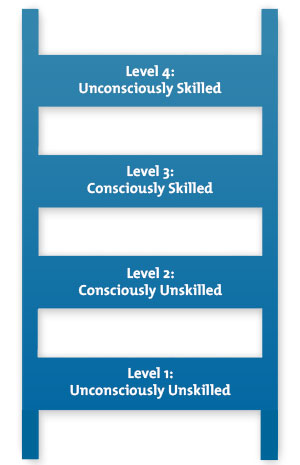Every dancer must learn about their feet.This is because you will soon learn that as a dancer you must be comfortable with not just standing on your feet - but you must be able to use your feet to balance yourself (often on only one) - and sometimes you must propel yourself into the air with them. You must know not only how to stand but how to stand with strength and stability using all of the muscles in your feet and you must know how to identify when you are creating stress on your muscles and joints so that you don't injure yourself.
When you begin learning ballet as a child the task of finding your balance is not too much of a challenge but it is the first lesson you learn in dance class. You are usually of smaller stature and falling down is not a novel or unusual experience in your daily life. The art of standing is taught on the first day and continues with many simple challenges or games and we soon find that the little feet just respond because that is what they did last time.
As an adult learning to dance we sometimes skim at a fast forward pace through the simple lessons that are the basis for the subject matter. Why as adults do we think that we can skip a lesson and still keep up? Often there are very valuable lessons to be learned in simple introductory lessons that form the basis of a greater skill. Often we will justify the absence from class in the following manner - "I know how to stand - what do I need to re-learn that for?" Sometimes you think you know something - but you could be missing the nuances of the skill. This means that missing the introductory lesson will not allow you to move up that Conscious Competency Ladder! While you may think you are consciously competent - if you skip that introductory lesson you will find that you are actually unconsciously incompetent!



